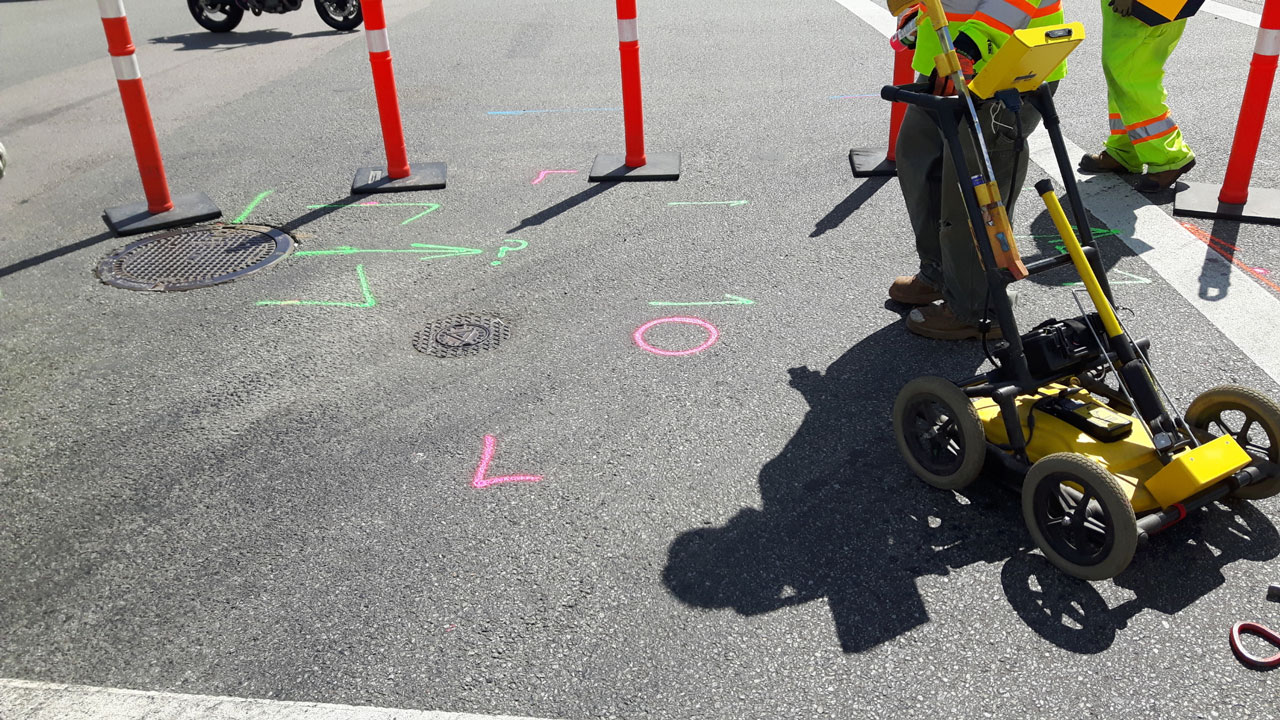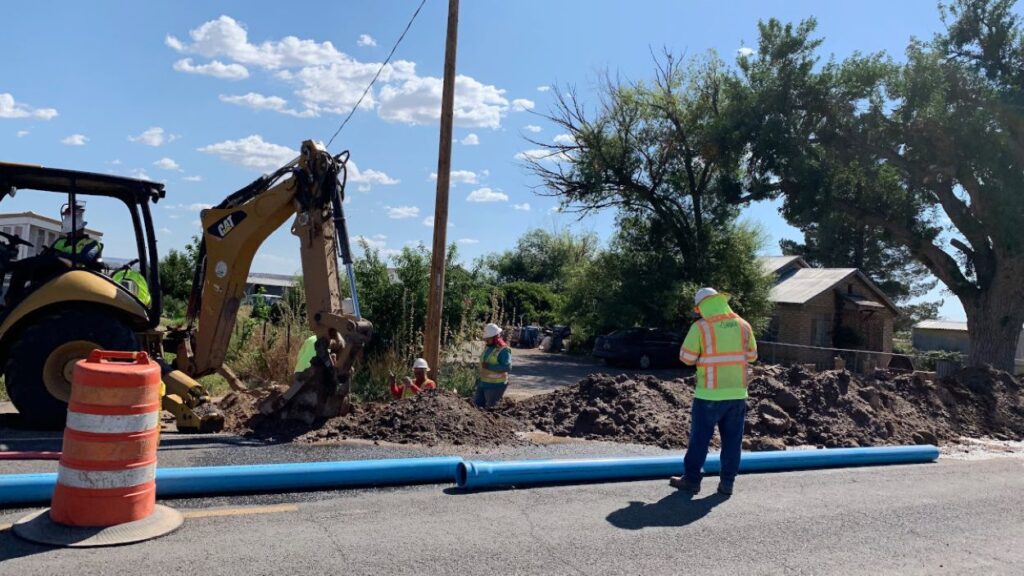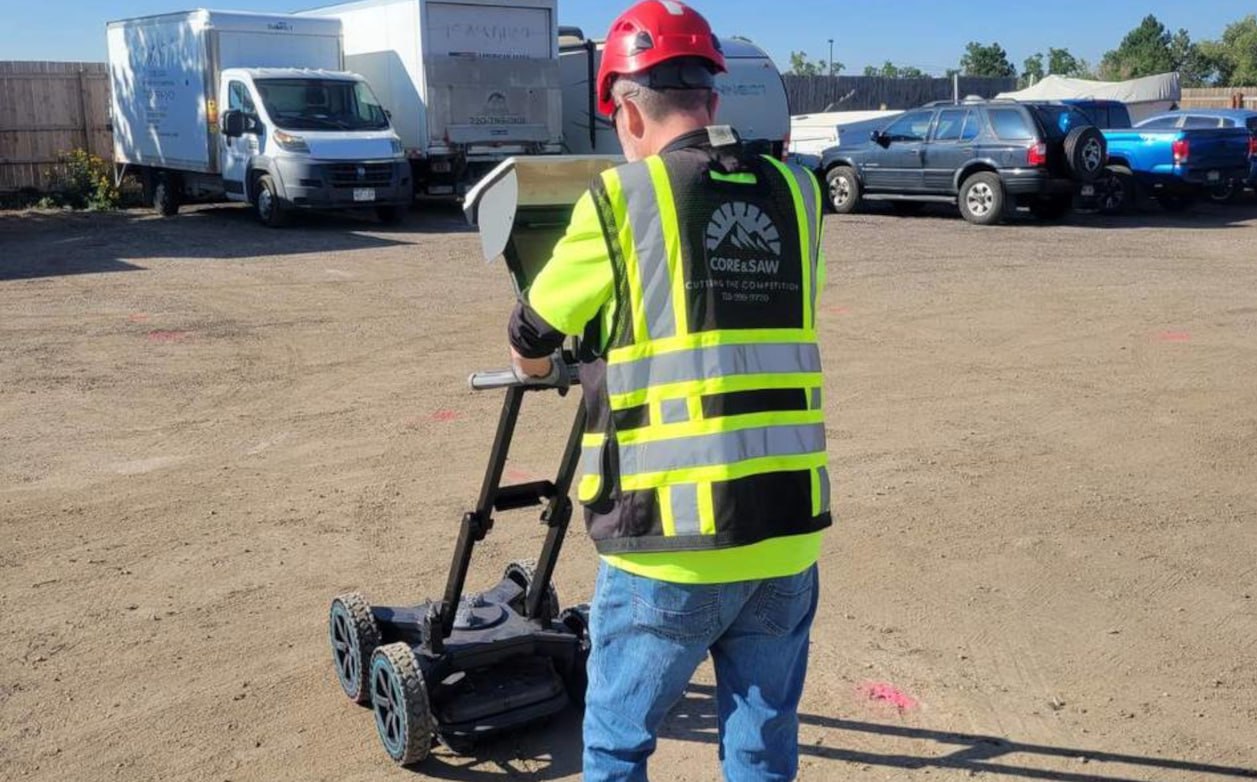
How Utility Mapping Prevents Costly Excavation Mistakes
Understanding the concept of utility mapping
Utility mapping refers to the process of identifying and documenting the locations of underground utilities before commencing excavation work. This practice plays a crucial role in ensuring that construction projects are carried out safely and efficiently. By providing precise information on the various utilities present underground—such as water, gas, electricity, and telecommunications—utility mapping helps stakeholders avoid unforeseen complications during excavation.
The primary aim of utility mapping is to facilitate better planning and decision-making in excavation projects. It takes into account both existing documentation and advanced technology, which collectively reveal a comprehensive picture of what lies beneath the surface. The importance of such detailed groundwork cannot be overstated, as it significantly helps in mitigating risks and preventing costly accidents. In addition to safeguarding workers and the public, effective utility mapping can also lead to substantial cost savings for construction companies, as it reduces the likelihood of project delays caused by unexpected utility strikes.
Furthermore, utility mapping is not merely a one-time task; it is an ongoing process that requires regular updates and reviews. As urban areas continue to develop and evolve, the underground utility landscape can change dramatically. New utilities may be installed, and existing ones may be relocated or decommissioned. Therefore, maintaining an up-to-date utility map is essential for ensuring that construction teams have access to the most current information, which in turn promotes safer and more efficient excavation practices.
The role of utility mapping in excavation
During excavation, the hidden networks of utilities can often become a source of frustration and danger. Therefore, utility mapping serves as a critical tool for construction teams. It allows them to conduct excavations with greater confidence, armed with the knowledge of what utilities are present and where they are located. This proactive approach ensures that teams can work more efficiently, adhering to timelines and budgets without the interruptions that often come with accidental utility strikes.
Moreover, utility mapping assists in coordinating with various utility providers. By having a clear understanding of utility locations, construction companies can communicate effectively with utility companies, paving the way for necessary relocations or protective measures that might need to be implemented. This collaboration is vital, especially in densely populated urban areas where multiple utilities may run parallel to one another. The ability to share accurate mapping data can streamline the process of obtaining permits and approvals, thereby expediting project timelines and enhancing overall project management.
Key components of utility mapping
Utility mapping encompasses several key components, including the use of survey data, utility records, and advanced technologies like Ground Penetrating Radar (GPR) and electromagnetic locating devices. Survey data involves measurements and information gathered during the physical inspection of a site, while utility records comprise historical data on existing underground infrastructures.
Technologies like GPR allow construction teams to visualise subsurface utility conditions in real-time, significantly enhancing the quality of information derived during mapping. This combination of traditional methods and cutting-edge technology is what empowers teams to mitigate risks effectively and execute excavation projects with increased efficiency. Additionally, the integration of Geographic Information Systems (GIS) into utility mapping provides a powerful platform for visualising and analysing utility data spatially. This not only aids in planning but also enhances the ability to manage and maintain utility networks over time, contributing to more sustainable urban development practices.
The impact of utility mapping on excavation costs
Effective utility mapping can have a profound impact on the overall costs of an excavation project. By accurately identifying the locations and types of utilities underground, construction teams can significantly reduce the likelihood of encountering unexpected challenges during excavation. This ultimately translates to lower costs and fewer delays.
Moreover, integrating utility mapping into the planning stage of a project allows for better budgeting. Teams can proactively allocate resources and schedule activities to avoid disruption, which is particularly valuable when working within tight budgets. As a result, utility mapping not only saves money but also contributes to the smooth progression of projects.
How utility mapping reduces unexpected costs
Unexpected costs often arise during excavation when utilities are struck or damaged. These incidents can lead to project delays, fines, and additional repair expenses. Utility mapping plays a critical role in reducing such unexpected costs by providing accurate utility location data, which guides excavation activities and minimises the risk of accidents.
Furthermore, having a detailed map of the utilities enables teams to plan their excavation techniques more effectively. By knowing where to dig safely, construction companies can avoid costly mistakes that could otherwise lead to significant financial penalties and liabilities.

The financial benefits of utility mapping in excavation
Besides reducing unexpected costs, utility mapping also brings various financial benefits to an excavation project. With thorough preparation and accurate information, projects will progress more smoothly, leading to increased efficiency and productivity. By minimising downtime and delays, teams can enhance their overall profitability.
The long-term benefits of implementing utility mapping extend beyond a single project. By building a repository of carefully mapped utilities, companies can draw upon this database for future projects, leading to even greater savings and more streamlined operations over time. As utility mapping becomes more entrenched in industry practice, its financial advantages continue to grow.
The process of utility mapping in excavation
The process of utility mapping can be broken down into several clear steps, each vital to ensuring effective outcomes for excavation projects. Understanding this process helps stakeholders appreciate the effort involved and the value derived from utility mapping in construction.
A typical utility mapping project begins with surveying the excavation site and gathering historical utility data from available records. Once this initial research is complete, advanced technology is employed to locate utilities, ensuring accuracy. These readings are then integrated into a comprehensive utility map that can guide excavation work, highlighting potential hazards and areas that require caution.
Steps involved in utility mapping
- Site Survey: Conduct a thorough survey of the area where excavation will take place.
- Data Collection: Gather historical utility data from utility companies and municipal records.
- Field Testing: Use ground-penetrating radar and electromagnetic locating devices to detect utilities.
- Data Integration: Compile and map the collected information to create an accurate utility map.
- Review and Planning: Collaborate with stakeholders to review the utility map and plan excavation strategies.
These steps form the backbone of a successful utility mapping operation, ultimately contributing to safer and more efficient excavation processes.
The role of technology in utility mapping
Technology plays an instrumental role in the evolution of utility mapping, allowing for incredibly precise data acquisition. Ground-penetrating radar (GPR) and electromagnetic locating devices have transformed how utility mapping is conducted, providing real-time, accurate insights into what lies beneath the surface.
With the advent of 3D mapping technologies, visualisation has reached new heights, enabling project managers and teams to conceptualise the positioning of utilities in relation to planned excavation activities. These advancements not only improve the accuracy of mapping but also foster better communication and collaboration among project members.
The risks of neglecting utility mapping in excavation
Neglecting the importance of utility mapping during excavation poses significant risks that can have dire consequences for a construction project. Underground utility strikes can lead to a series of hazardous incidents, jeopardising not only project timelines but also the safety of workers on-site.
Moreover, the fallout from accidental strikes can have long-lasting repercussions that extend beyond the immediate costs associated with repair and clean-up. These repercussions can include legal liabilities, damage to organisational reputations, and potential loss of future contracts due to negligence.
Potential hazards of excavation without utility mapping
The potential hazards of proceeding with excavation without proper utility mapping are multifaceted. Firstly, striking a gas line can result in fires and explosions, which are not only devastating but also pose threats to lives and property. Additionally, hitting electric cables can lead to electrocution or electrical fires, further exacerbating the risks involved.
Water mains bursts can cause flooding, leading to project delays and significant damage to equipment and surrounding areas. The overall unpredictability associated with neglecting utility mapping raises the stakes of excavation work and underscored the need for thorough preparation before breaking ground.
The financial implications of excavation mistakes
The financial implications of mistakes made during excavation due to a lack of utility mapping are vast and complex. Immediate costs associated with utility strikes can accumulate quickly, encompassing repairs, fines, and downtime. Furthermore, companies may need to pay for investigations and safety reviews to understand the ramifications of the incident, adding to an already heavy financial burden.
In a broader context, the knock-on effects of financial setbacks caused by excavation mistakes can hinder future projects, trapping companies in a vicious cycle of financial struggle. The importance of in-depth utility mapping is clear: it is an investment that can yield substantial cost savings while safeguarding health and safety on-site. Visit https://www.mainroads.wa.gov.au/technical-commercial/technical-library/surveying-and-geospatial-services/underground-utilities-survey-guideline/ to get a guideline abour underground utility survey.

Future trends in utility mapping for excavation
As the construction industry continues to evolve, utility mapping practices are also adapting to incorporate new technologies and methodologies. The future of utility mapping looks promising, with several trends indicating a marked enhancement in both accuracy and efficiency.
Among these trends is the ongoing development of artificial intelligence and machine learning algorithms, which can improve data analysis and facilitate predictive modelling for potential utility locations. Furthermore, the increasing focus on sustainability and eco-friendly practices is shaping how utility mapping is approached, with a growing emphasis on minimising environmental impact.
Innovations shaping the future of utility mapping
Innovations such as integrated mapping software and enhanced geospatial analysis are making it easier for construction companies to visualise subsurface environments comprehensively. These tools not only streamline data collection and communication but also foster collaboration among diverse stakeholders, facilitating better planning and execution of excavation projects.
Moreover, virtual reality (VR) and augmented reality (AR) technologies are poised to play a role in utility mapping, enabling teams to simulate and visualise utility layouts before excavation begins. Such advancements will significantly lower the risks associated with utility strikes and streamline project timelines.
The role of utility mapping in sustainable excavation
Utility mapping is increasingly recognised as a vital component of sustainable excavation practices. By enabling more accurate planning, utility mapping reduces the environmental disturbances associated with excavation activities. Furthermore, a detailed understanding of what lies beneath the surface allows teams to strategically navigate the excavation process, minimising the disruption of essential ecosystems and existing infrastructure.
As sustainability continues to gain importance within the industry, utility mapping could play an essential role in achieving environmental goals. The ability to anticipate and plan for potential issues ensures that projects can proceed with minimal negative impact, aligning with the broader global trend towards more responsible construction practices.
In conclusion, utility mapping serves as an invaluable tool within excavation projects, directly preventing costly mistakes and fostering efficiency. Its importance cannot be overstated, as it not only contributes to saving financial resources but also enhances safety and promotes sustainable construction practices. As advances in technology continue to shape the future of utility mapping, we can expect further improvements that will revolutionise excavation operations for years to come.
More to Read : What Is Subsurface Utility Locating, and Why Is It Important?

